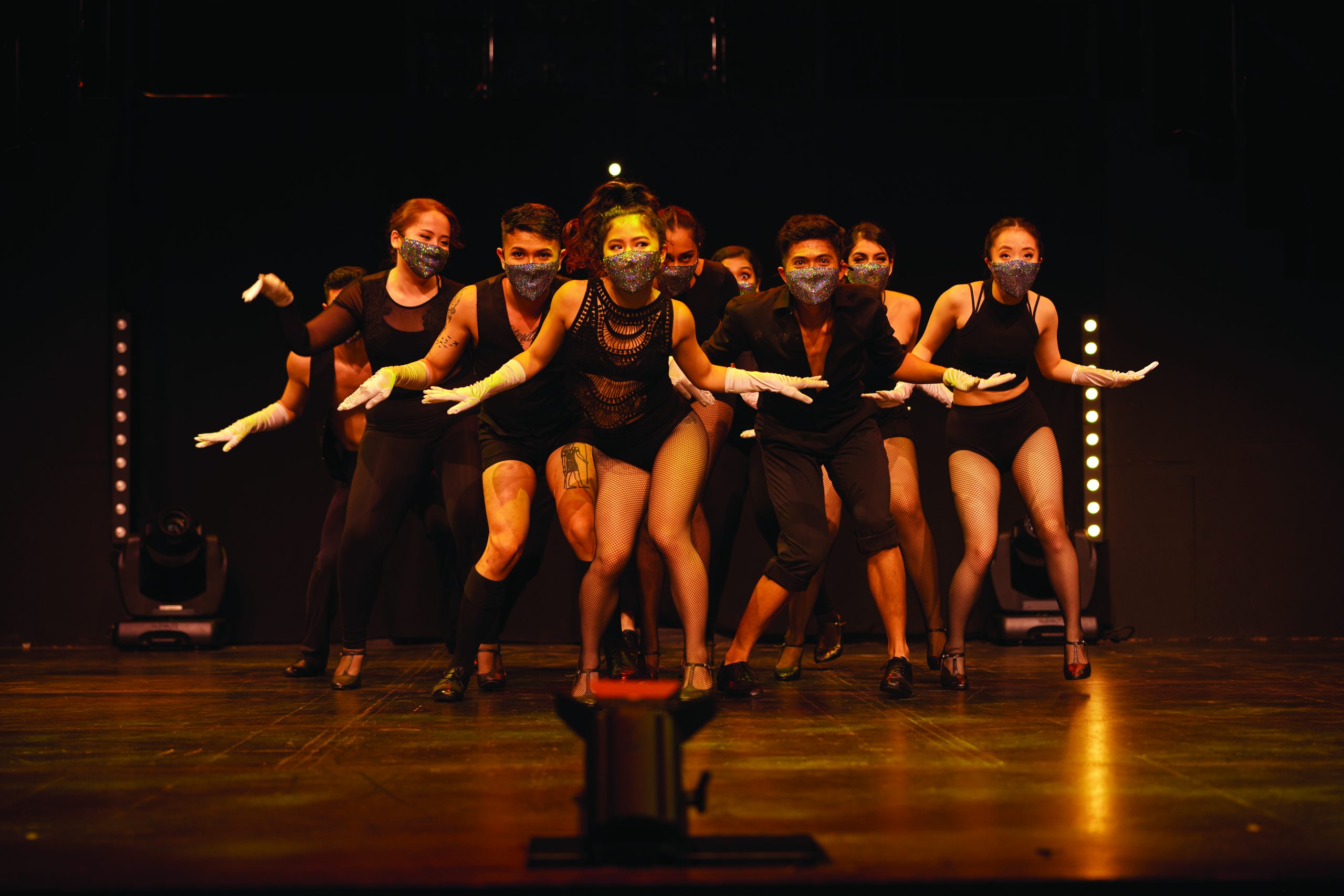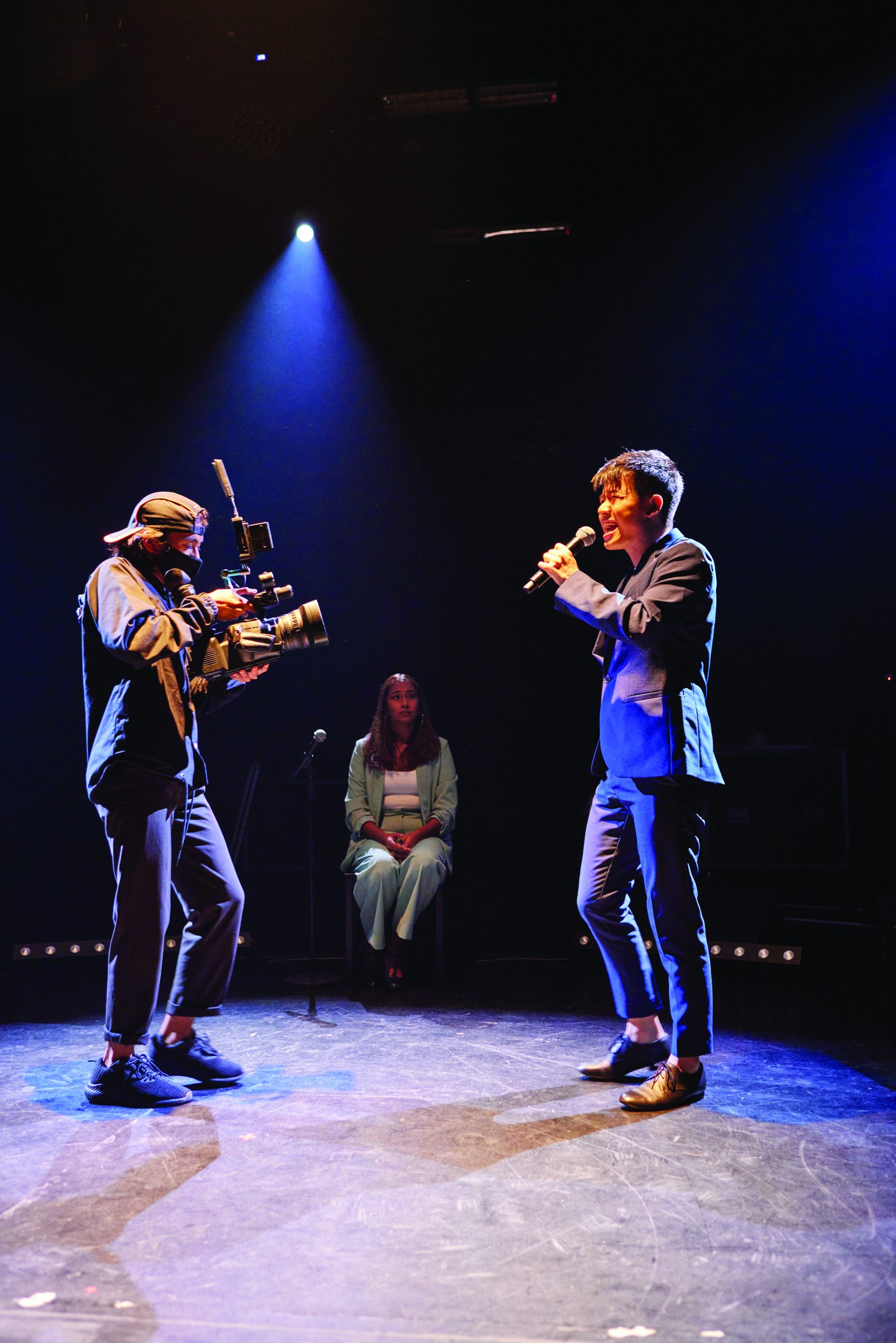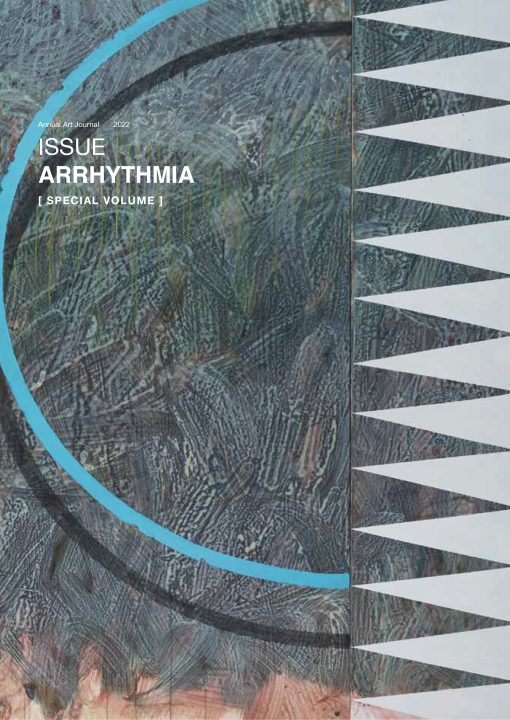Musical theatre students dream of starring in the lead role upon graduation. They dream to fly as Elphaba in Wicked1 whilst belting out Defying Gravity; or to be rocking out as Dewey Finn in School of Rock.2 Graduates aspire to tread the boards in so many roles that have become iconic in their own right. But casting decisions in musical theatre have historically benefited white able bodies to lead in the protagonic roles, leaving black, indigenous, and people of colour (BIPOC) performers relegated to cultural stereotypes at best.
The title of this panel, Casting and Accountability: Representation in post-COVID-19 Musical Theatre was an opportunity to explore how places of learning were creating space and breaking away from the established ways to envision casting in contemporary musical theatre. Students and staff from the Musical Theatre and Theatre Programmes from the State University of New York at Buffalo, The University of Philippines Diliman and LASALLE College of the Arts, Singapore joined together to think-through the challenges that are brought about by the global call to enforce greater respect to cultural diversity in the creative industries.
Contributors to the panel acknowledged that their programmes have a great number of graduates coming from a variety of races, gender identities and cultural backgrounds. This is indeed a crucial development in the performing arts globally. The vocabularies of ‘cultural minorities‘ now considered outdated with the term “global majority” taking stronger hold as a way to highlight the erratic way in which whiteness is considered to be the predominant identity worldwide in theatre and performance. The larger impulse towards diversity and accountability has meant that students in the performing arts are increasingly critical of their training and keen on addressing the underlying issues that have been prevalent over the years when it comes to casting, appropriation and, most importantly, representation.
The conversation in the panel showed how the COVID-19 pandemic resulted in more shows to be made accessible for online viewing globally. While this has led to amazing developments in the media languages used in musical theatre stagings, it has also meant that the lack of diversity in the casting becomes more pronounced. Indeed, while powerhouses such asHamilton,3 In The Heights4 and even West Side Story5are pushing the boundaries for representation, there are still very few productions that cater to minority representation. As one student from the State University of New York at Buffalo stated, musical theatre needed to “fortify a new path that allows people of color to be on the front lines to showcase other communities.” Lecturers and students concluded that the most effective way to make a difference would start with, in terms of creating diverse casting, it all starts with the writing and development of the shows. There was a clear consensus on the need to build more opportunities within the training for students to develop this focus.

Students of Musical Theatre in the 2021 production of The Evolution of Musical Theatre
LASALLE College of the Arts
Photo: Crispian Chan
Further cementing the need to address how one is represented, a second year student from LASALLE highlighted in her contribution to the discussion that the tension that current students experience between the need to train to work in a cutthroat industry and the need to find their own voice and stories. The student highlighted her fears about how both their gender and religion might gear casting choices in their future. She therefore expressed a keen need to explore her own identity through original works as a way to bypass bias and move on from the conditioning that canonical musical theatre pieces might bring to her casting possibilities.
The discussion also addressed the misrepresentation of race, gender and sexuality on the stage. Canonical musical theatre works reflect mentalities at the time, but these works are no longer appropriate in the current climate. One example of this is Thoroughly Modern Millie.6The show is still performed and depicts the Asian-American community in a racist light. Works like these either need to be revised or be left in history in order for new works to take over. There needs to be more space made for shows to be workshopped for students to understand the complexities of staging works.

Students of Musical Theatre and of Theatre Production & Management
in the 2021 production of The Evolution of Musical Theatre
LASALLE College of the Arts
Photo: Crispian Chan
Members from the The University of Philippines Diliman shared that while they did not have a Musical Theatre Programme specifically, their practices did involve their theatre students taking part in workshops and labs giving students the liberty to explore and experiment their own styles. Through this, students could see what was appropriate and what was not, through experimentation. There was also the acknowledgement of the complexities of casting. The panel agreed that that change is not as easy as blind casting for each show, as there are greater complexities in regards to the context and approaches to the communities that are being represented, thus needing a balanced and educated approach to how productions are staged. Students highlighted that being educated means to take more part in their own journey through college and into the industry, which will give them the ability to push forward.


